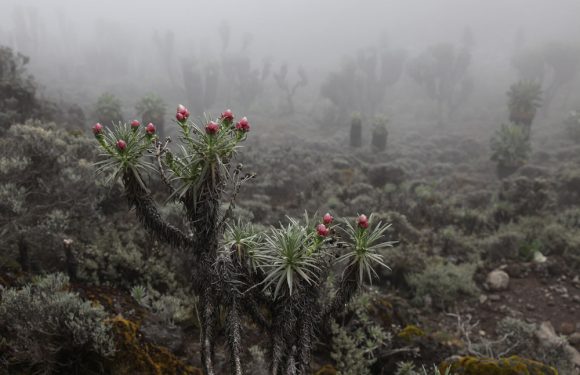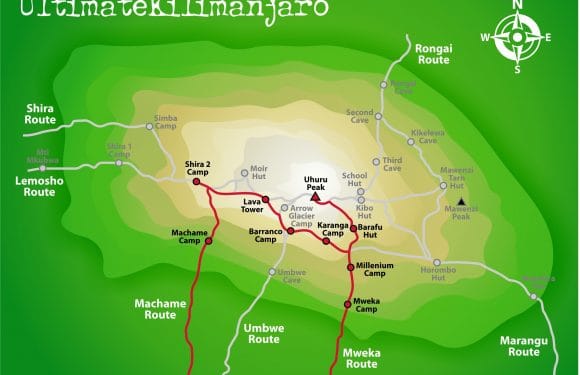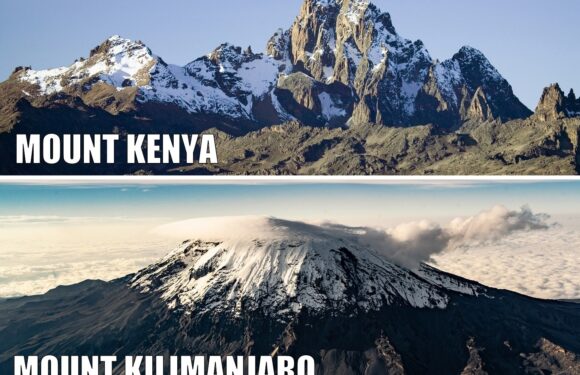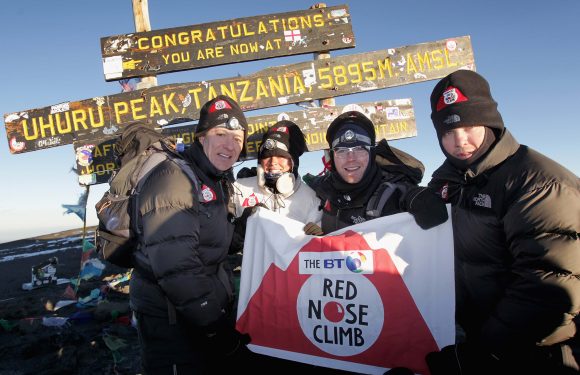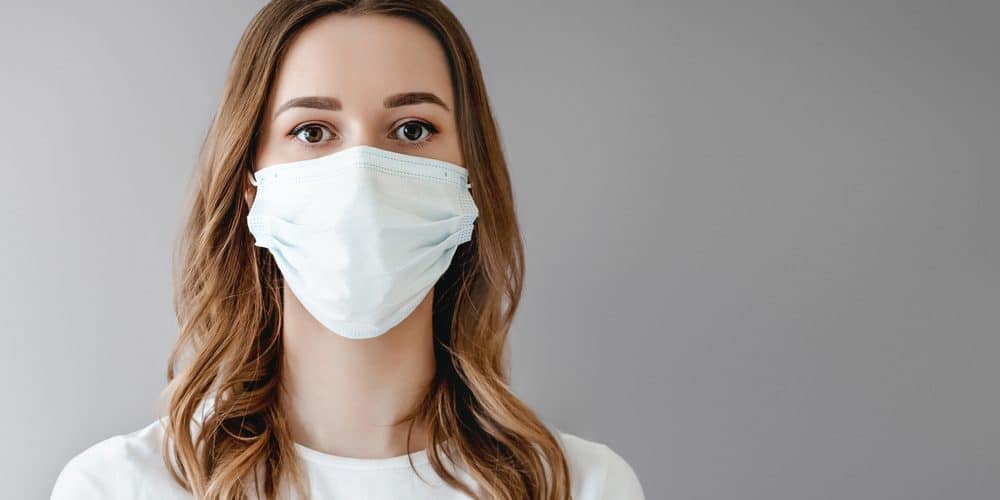
UPDATE: THERE ARE NO MASK REQUIREMENTS FOR TRAVELING TO OR WITHIN TANZANIA.
YOU ARE NOT REQUIRED TO WEAR A MASK WHILE CLIMBING KILIMANJARO.
THIS ARTICLE IS FOR INFORMATIONAL PURPOSES ONLY.
Due to the COVID-19 pandemic, Tanzanian authorities issued Standard Operating Procedures to help protect tourists traveling in the country and locals alike.
Face masks help prevent the spread of COVID-19. A mask helps contain tiny droplets that come out of your mouth and/or nose when you talk, sneeze or cough. At the same time a mask may protect you from becoming infected by droplets from people around you.
This article will discuss what options you have for face masks.
Buff/Neck Gaiter
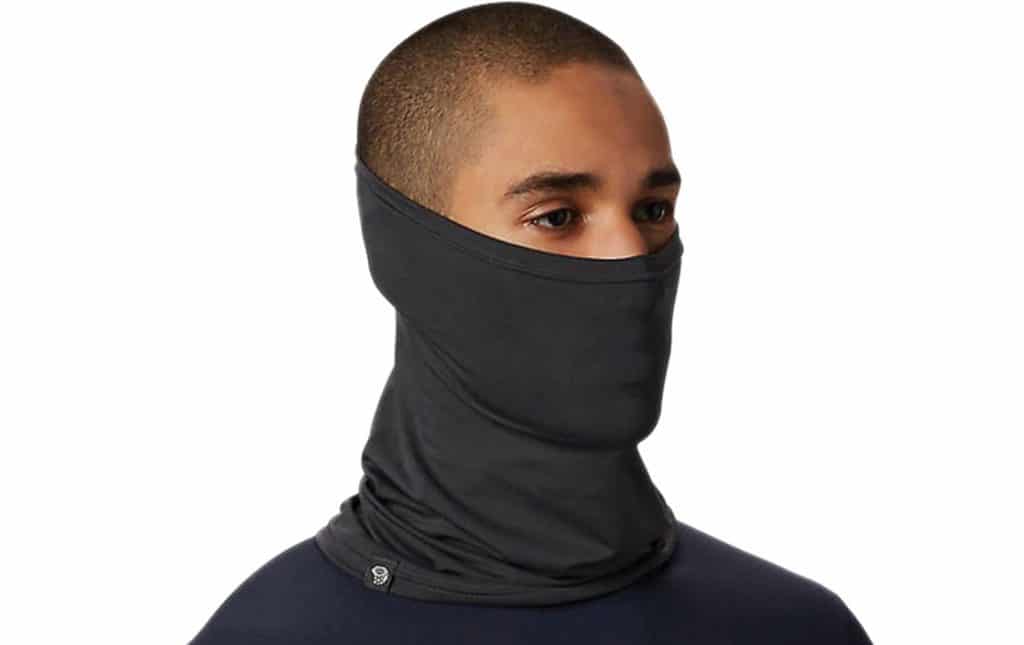
A neck gaiter is closed tube of fabric that is worn around the neck, face or head for warmth. It’s typically made of lightweight, stretchy material such as thin wool or a synthetic wicking textile. Before the pandemic, the neck gaiter was already on the gear list as it offers protection against dust, wind and sun. It can also double as a face mask as a preventative measure against COVID-19.
Though a neck gaiter is probably the most comfortable and convenient face covering, it is also the least effective. The fabric is woven very loosely for breath-ability, which in turn makes it questionable for filtering airborne virus droplets.
Studies have found that wearing a neck gaiter actually resulted in a more respiratory droplets because the material seemed to break down larger droplets into smaller particles.
Buff neck gaiters can be found here.
Bandana/Scarf/Shemagh
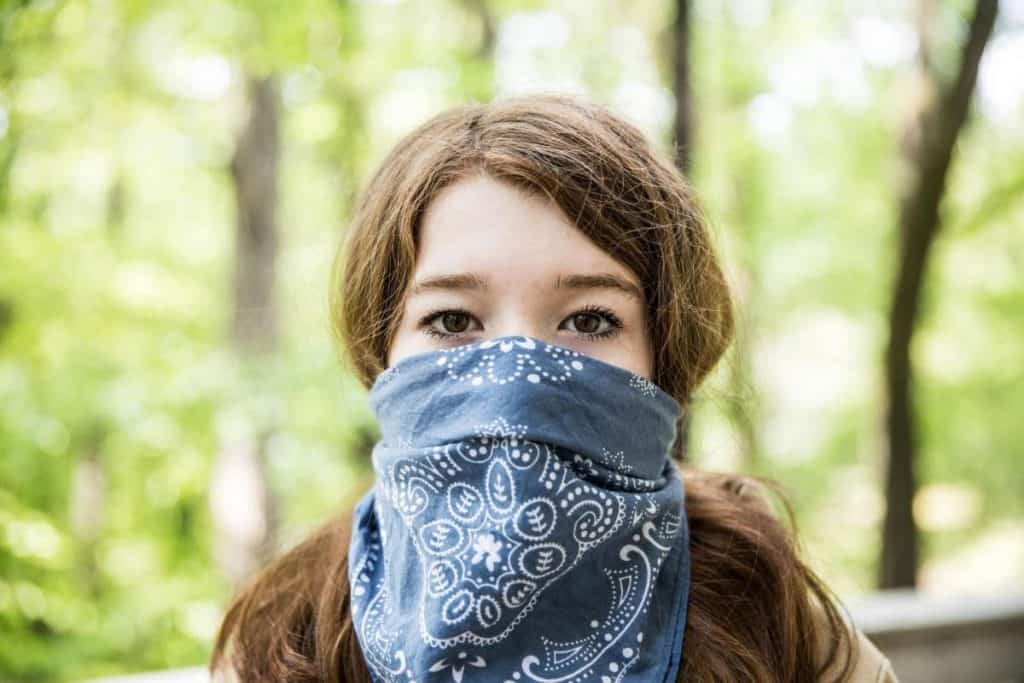
Another face covering option that many backpackers already have in their closet are standard bandanas. Bandanas are simple square pieces of cloth that are worn around the neck or head. However, bandanas also perform poorly in containing respiratory droplets so they do not offer much protection.
Bandanas can be found here.
Similarly, shemaghs (pronounced “schmog”) are scarves made of thin, breathable fabric. Also called a keffiyeh and ghutrah, the shemagh originated in the hot, dry climates of the Middle East to provide protection from sun exposure. They also function to block blown dust and sand from getting into the eyes, nose, mouth and hair. Shemaghs have the advantage of being much larger pieces than a bandana, so they can be folded and wrapped around multiple times to create additional layers. They make for a very convenient, versatile accessory.
Shemaghs can be found here.
Cloth Masks
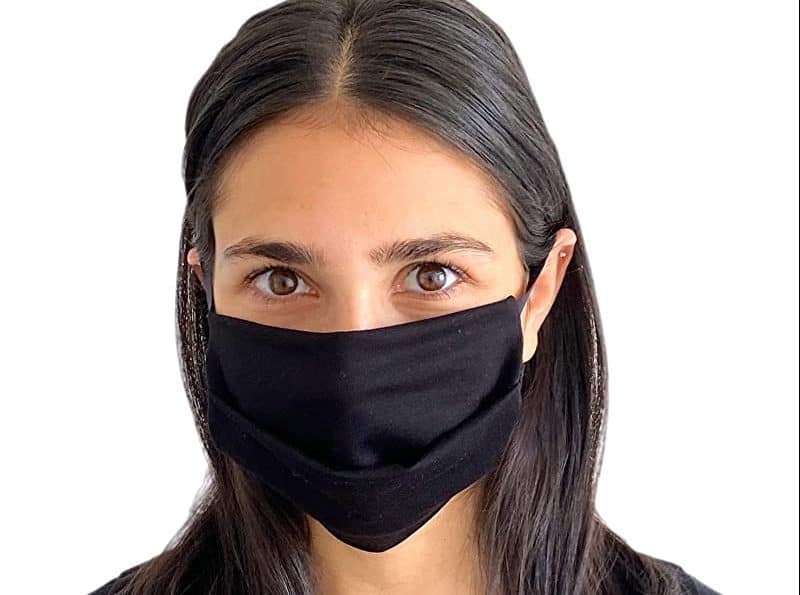
Cloth masks are made of common textiles. Thicker, higher thread count, more densely woven cotton fabrics are the best. The less porous the material, the more effective it is in catching particles and filtering the air. Having multiple layers in the mask also boosts performance.
Although cloth masks tend to be less effective than their medical-grade counterparts, experimental results suggest they are far better than no mask at all when worn properly.
Cloth masks can be purchased here.
Surgical Masks
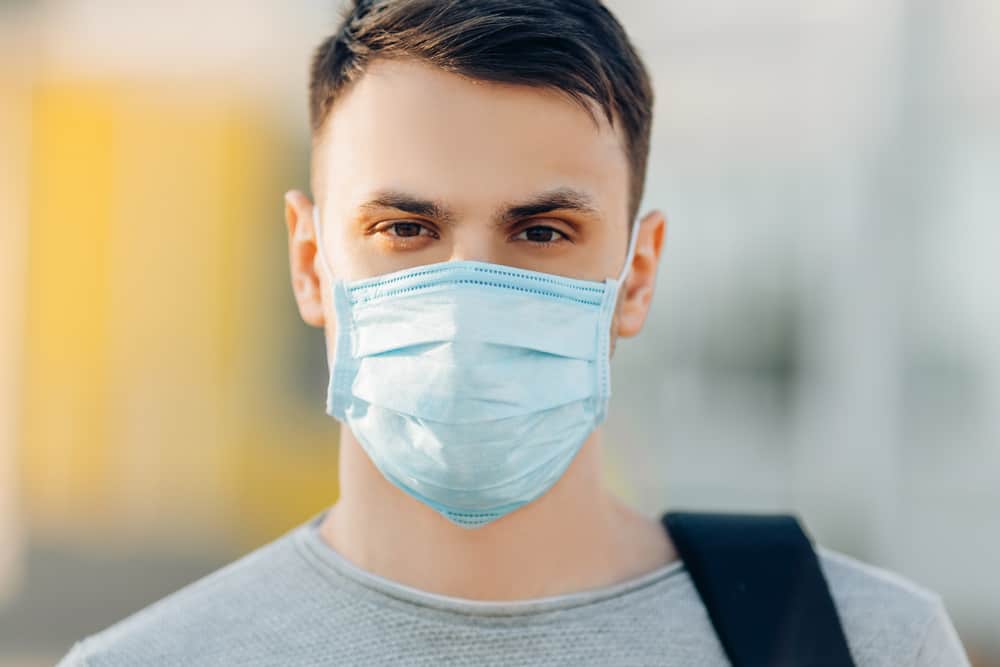
Surgical masks are disposable masks which are cut into a rectangle shape with pleats that expand to cover your nose, mouth, and jawline. An elastic band loops around the ears to secure the fit.
Look for surgical masks that are 3-ply. The 3 layers would typically consist of an outer hydrophobic non-woven layer (translucent), middle melt-blown layer (white), and an inner soft absorbent non-woven layer (green, blue, or white).
A surgical mask is meant to block large-particle droplets from reaching your mouth and nose. Surgical masks may also help reduce exposure of your saliva and respiratory secretions to others.
Surgical masks, by design, are not close fitting. Therefore they do not filter or block very small particles in the air that may be transmitted by coughs or sneezes. It is estimated that in a surgical mask, about 70% of the outside air moves through the mask and about 30% travels around the sides.
You can find surgical masks here.
N95 Masks
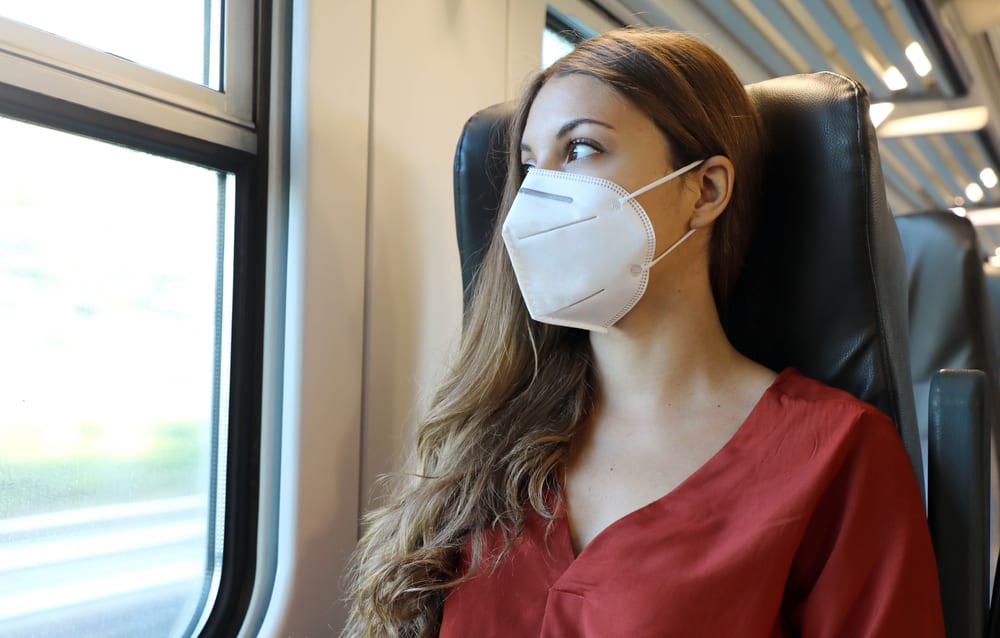
N95 masks are medical grade devices that offer superior protection compared to surgical masks or cloth masks. They are worn by hospital staff when interacting with patients with COVID-19.
N95 masks are designed to block 95% of very small particles (0.3 micron particles). The filtration material is an electrostatic non-woven polypropylene fiber. Unlike surgical masks, N95s make an airtight seal around the nose and mouth.
You can buy N95 masks here.
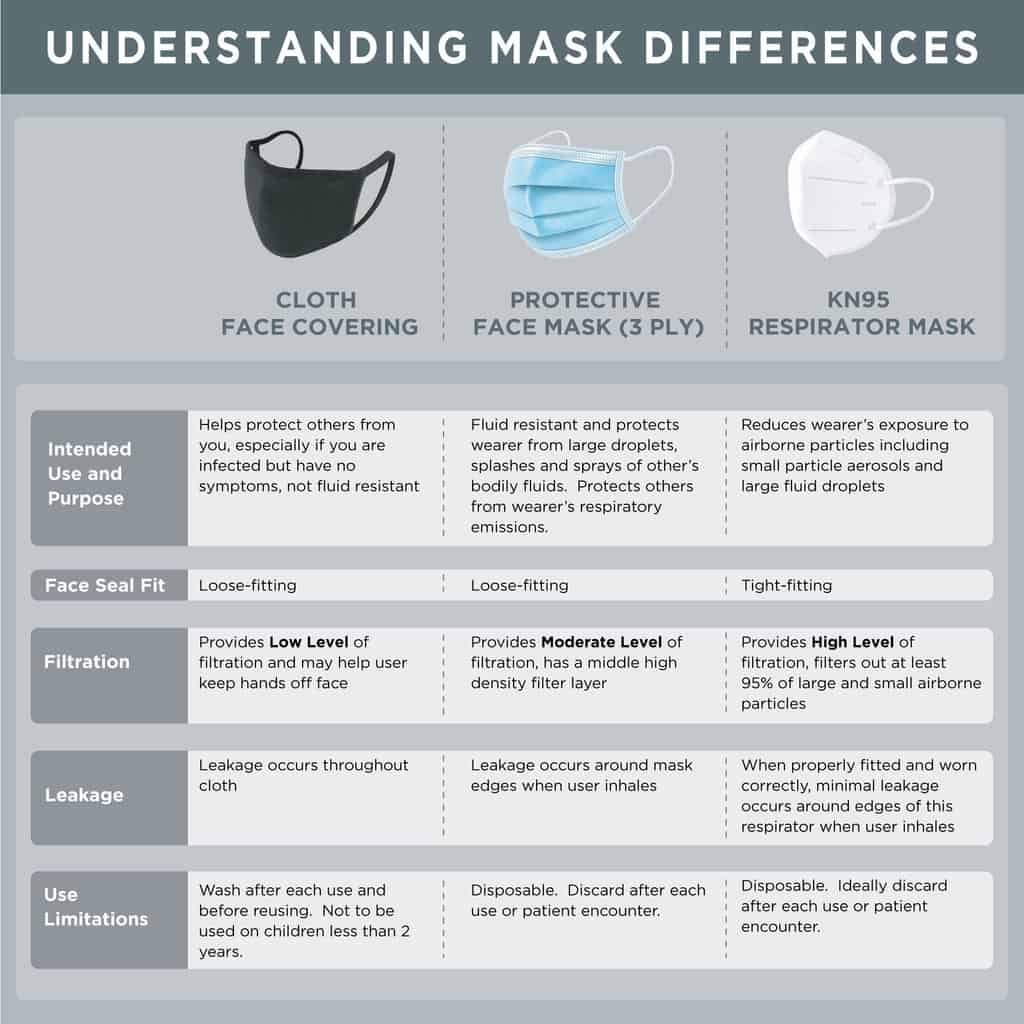
How do you properly wear a face mask?
Face masks should be worn in settings where social distancing measures are difficult to maintain. Your mask should cover your face from the bridge of your nose to under your chin. Make sure you can talk with your mask on and that it doesn’t irritate you, so you are not tempted to touch it or pull it out of place, which could put you at risk from touching your face or limit its effectiveness.
Here are a few pointers for putting on and taking off a mask:
- Place your mask over your mouth and nose.
- Secure it behind your head and make sure it’s snug.
- Don’t touch your mask while wearing it.
- If you accidentally touch your mask, wash or sanitize your hands.
- Remove the mask by untying it or lifting off the ear loops without touching the front of the mask or your face.
- Wash your hands immediately after removing your mask.
__________




















































